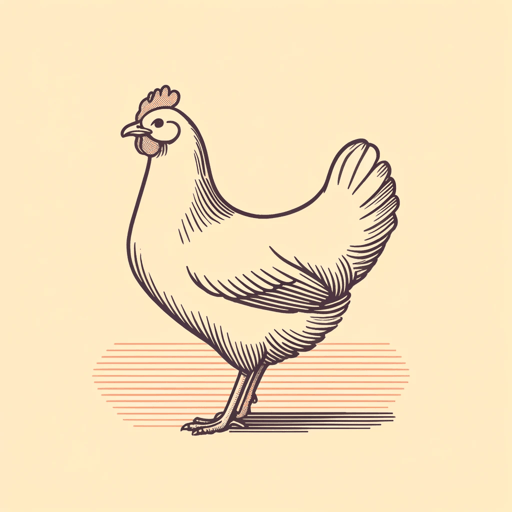37 pages • 1 hour read
Sun-Mi HwangThe Hen Who Dreamed She Could Fly
Fiction | Novel | Adult | Published in 2000A modern alternative to SparkNotes and CliffsNotes, SuperSummary offers high-quality Study Guides with detailed chapter summaries and analysis of major themes, characters, and more.
Background
Genre Context: Allegory and Fable
An allegory imparts moral or political messaging within a narrative framework. A fable is a simple story, usually personifying animals, that conveys lessons about the human condition. Elements of both are present in Hwang’s novella, which explores the complexities of the human condition through the framework of a group of animals on a farm.
Hwang chooses to explore the self-sacrificial nature of parenthood, the importance of following one’s heart, and the insidious tendency of mankind to reject and condemn those who choose to live differently. These heady subjects are rendered more palatable (but no less powerful) through the lens of the journey of a chicken who has escaped her coop.
Sprout becomes thin and loses feathers in her efforts to raise Baby in comfort and safety; many readers may recognize this as a fable-like metaphor for the exhaustive efforts of parents to provide for their children. Although parents don’t have to worry about weasels grabbing them by the neck, this aspect of the story alludes to the immense sacrifices of time, career, money, sleep, personal projects, and time with friends and family that people make in the attempt to provide stability, love, and opportunity for their children.
Featured Collections
Birth & Rebirth
View Collection
Books on Justice & Injustice
View Collection
Mortality & Death
View Collection
Mothers
View Collection
Nature Versus Nurture
View Collection
Safety & Danger
View Collection
Truth & Lies
View Collection
Valentine's Day Reads: The Theme of Love
View Collection

